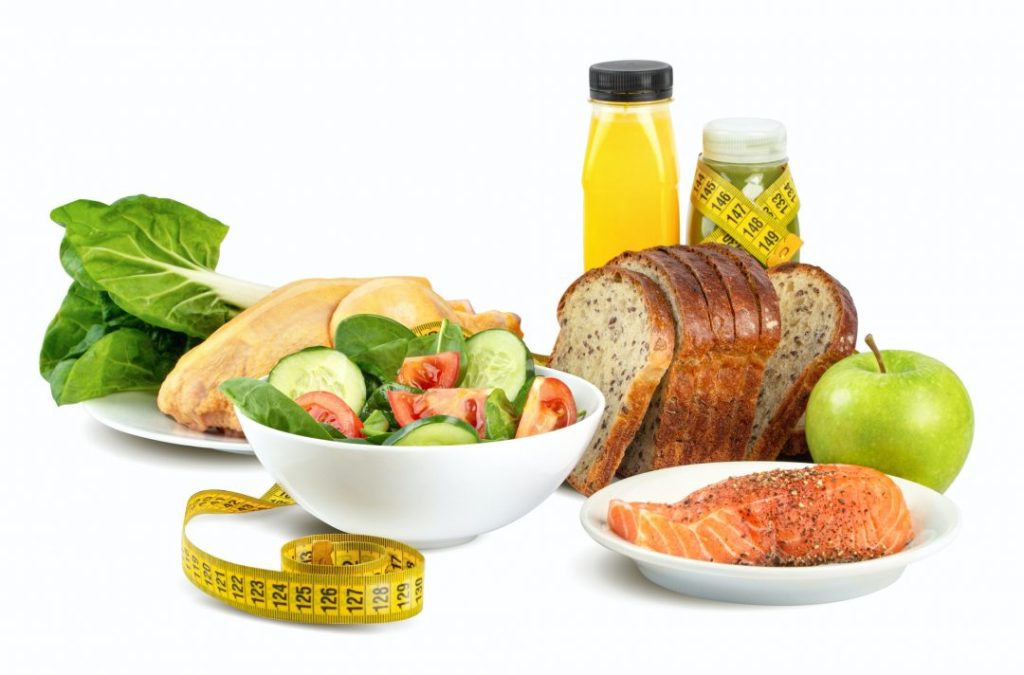Diabetes Diet Management
Yes, you can enjoy food again.
After a diabetes diagnosis, you are faced with having to change the way that you eat so that you can manage your blood sugar levels. A healthy eating plan for a person with diabetes focuses on preparing and eating balanced meals with nutrient-rich foods. And, yes, it’s possible that you will love the food you’ll be eating.
Diabetes Diet Management
Program Duration: 8 Weeks (or customize as needed)
Session 1: Introduction to Diabetes and Nutrition Basics
Explanation of diabetes types (Type 1, Type 2, Gestational)
Building Blocks of Nutrition – Introduction to macronutrients (proteins, fats, carbs and sugars) and their role in the body
Session 2: Creating a Balanced Plate
Understanding glycemic index and glycemic load
Exploring carbohydrate counting for diabetes management
Session 3: What’s Really in Your Grocery Cart?
Types of carbohydrates: simple vs. complex
Focus on high-fiber carbohydrates and their health benefits.
How to read food labels and identify hidden sugars.
Differentiate between healthy and unhealthy fats.
Incorporate omega-3 fatty acids into your diet.
Session 4: The Importance of Fiber
High-fiber foods help regulate blood sugar levels, improve digestion, and promote heart health.
Learn how to incorporate fiber-rich foods like whole grains, fruits, vegetables, legumes, and nuts in your meals. Aim for at least 25-30 grams of fiber per day.
Session 5: Managing Snacks and Sugary Cravings
Why do we snack? Learn strategies for healthier snacking choices and easy to make recipes.
Session 7: Dining Out and Social Situations
Managing diabetes in social settings and parties.
Tips for making healthy choices at a restaurant.
Alcohol consumption and the effect on blood sugar.
Session 8: Healthy Cooking for Diabetes-Friendly Meals – Demo and Tasting
Demos of healthy cooking methods such as sauteing, baking, steaming, or stir-frying.
Reduce the use of added sugars in recipes by substituting with natural sweeteners like stevia or using spices like cinnamon or nutmeg for added flavor.
Choose whole grain options for bread, rice, and pasta instead of refined grains and take smaller portions and mix with veggies.
Use healthy oils like olive oil or avocado oil and other oils like butter and coconut oil in moderation.
Use more of herbs, spices, and citrus juices to enhance the taste of dishes.

Diabetes-Friendly Recipe Ideas:
Breakfast: Veggie omelet with spinach, bell peppers, and mushrooms, served with a side of whole grain toast.
Lunch: Grilled chicken or tofu salad with mixed greens, cherry tomatoes, cucumber, and a vinaigrette dressing made with olive oil and lemon juice.
Dinner: Baked salmon with lemon and dill, served with quinoa and roasted asparagus.
Snack: Greek yogurt topped with berries and a sprinkle of chopped nuts.
Dessert: Baked apples with a sprinkle of cinnamon and a dollop of Greek yogurt.